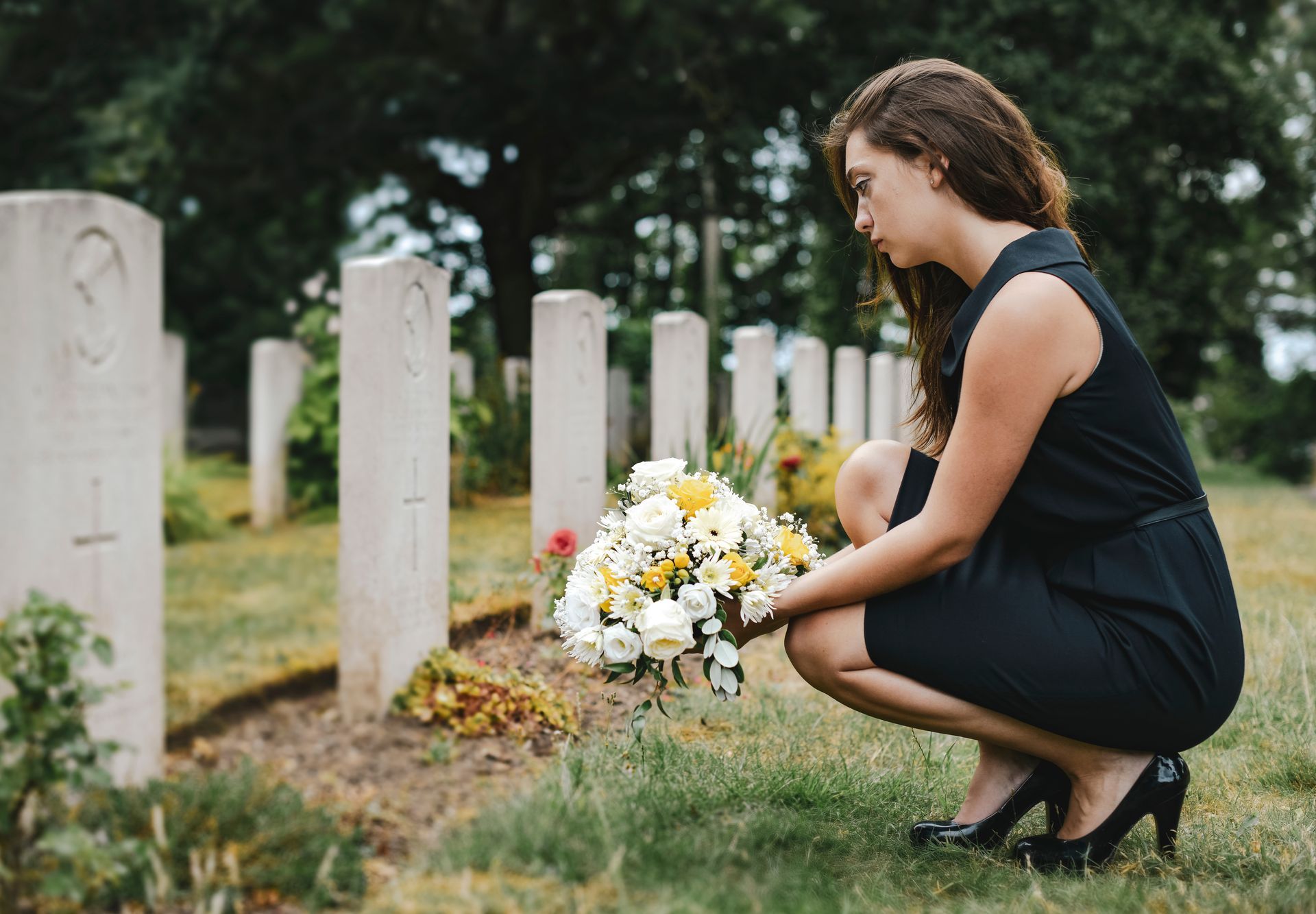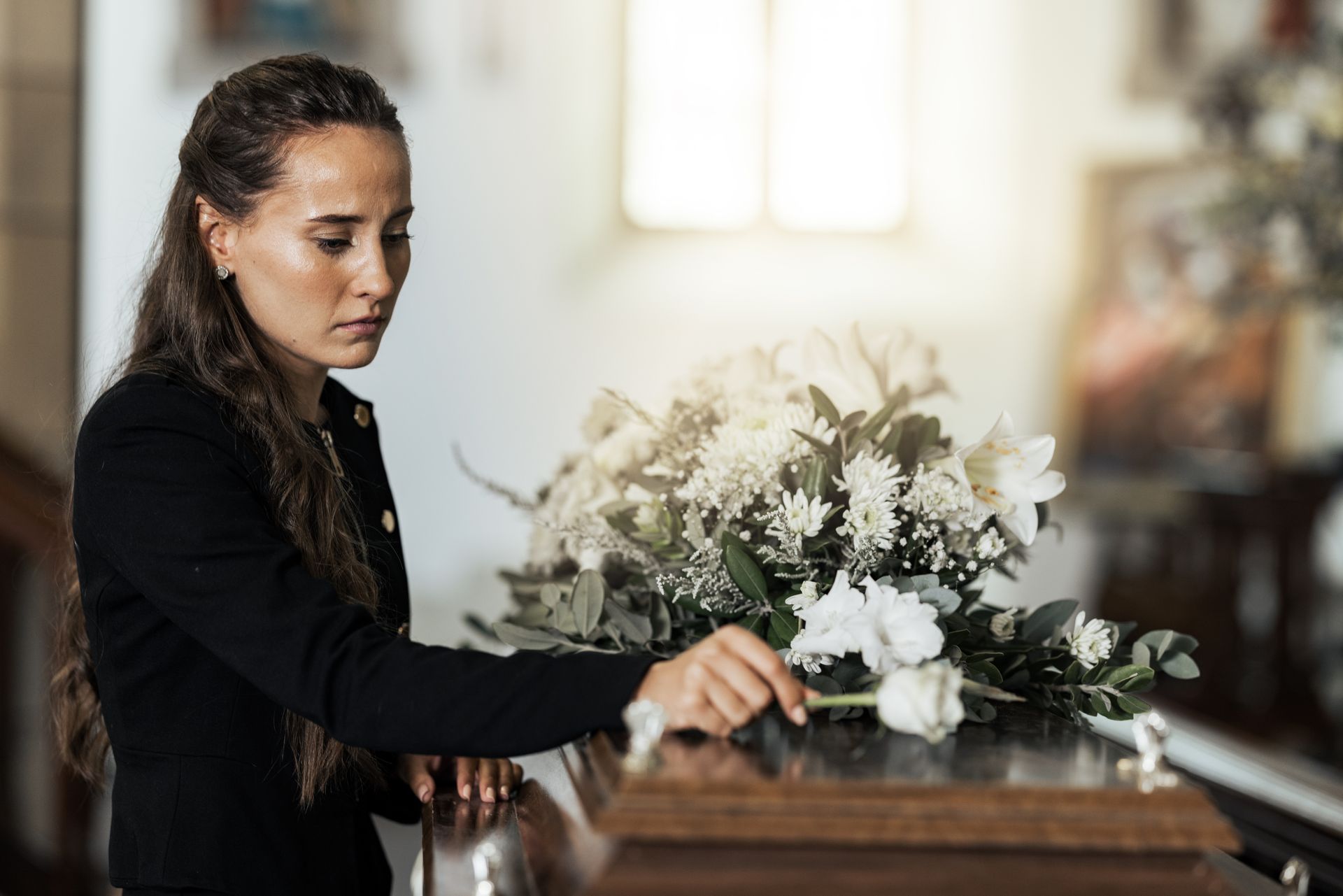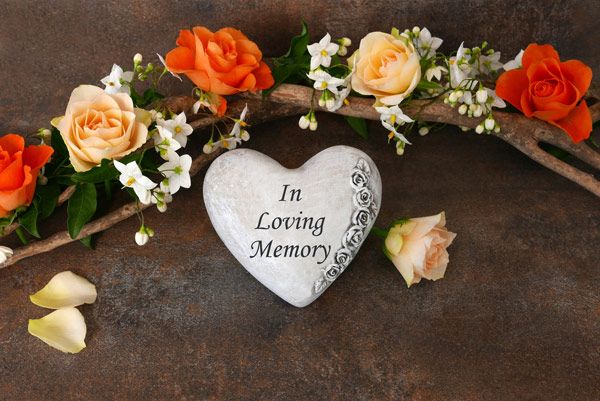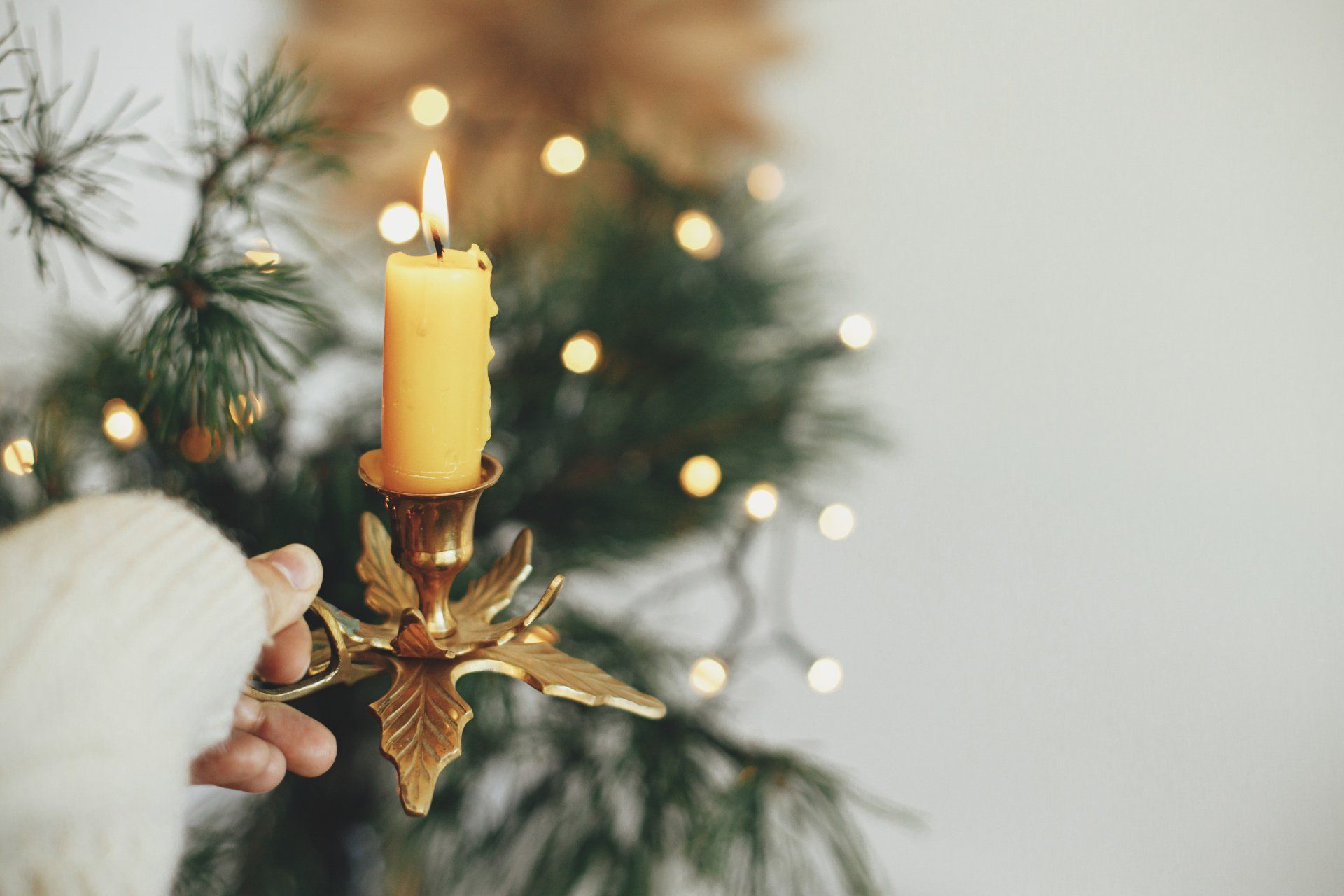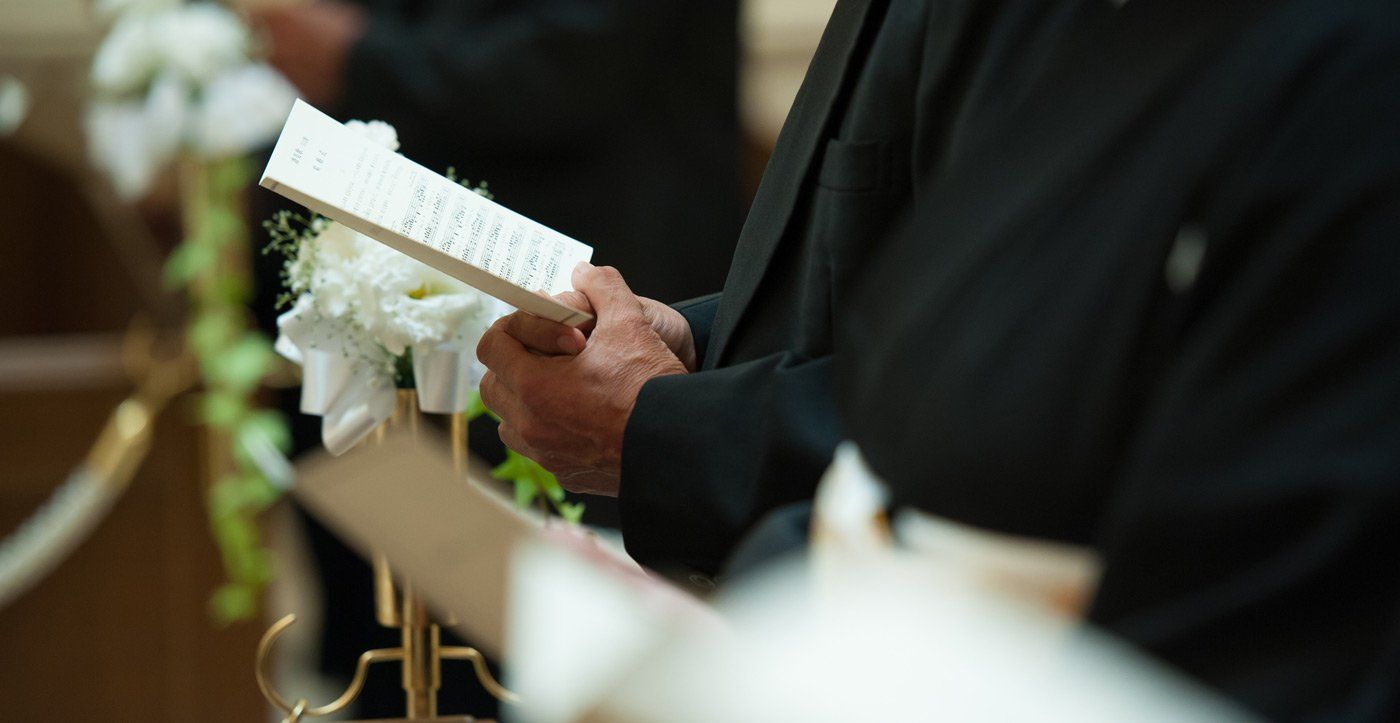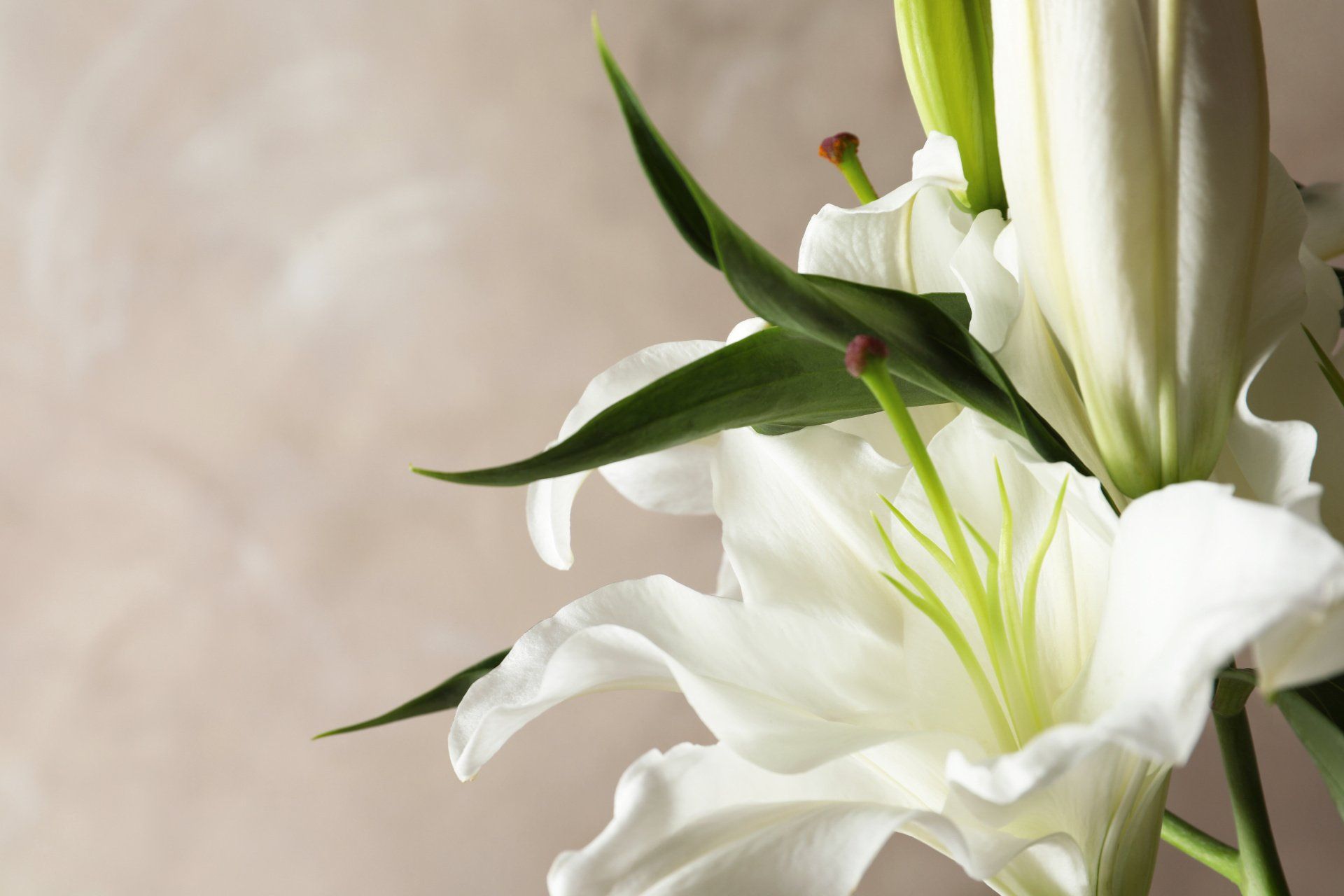What Happens at a Cremation Service?
Reports have shown that more people in England choose cremation instead of burial for their funeral, and yet planning or attending a cremation service for the first time can come with a lot of unknowns.
Waters and Sons know that planning a cremation while struggling with grief is a demanding and emotional process, so we have answered some of the most commonly asked questions about cremation services to guide you through the process.
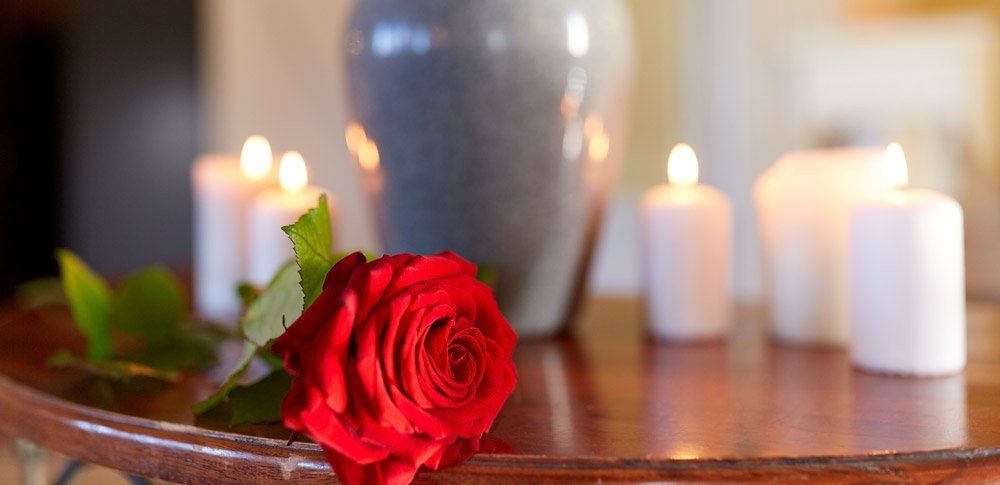
Where is a cremation service held?
Cremation services can be held at a crematorium, town hall or chosen place of worship depending on your loved one’s wishes and will take place before the departed is cremated.
Local crematoria to Waters and Sons that offer memorials:
- Southampton City Council Crematorium has a Garden of Remembrance where ashes and memorials can be placed.
- Portchester Crematorium proudly protects your loved one’s memory in a book of remembrance.
- The Oaks Havant Crematorium offers a vast range of memorial options, and will hold your loved one’s ashes for three months so you need not feel rushed to make a decision on how you wish to memorialise them.
- Wessex Vale Crematorium will pay tribute to your loved one with anything from trees, benches and headstones.
If you have a specific preference for the memorial of your loved one, your funeral director will be able to advise you on local crematoria that offer this. Waters and Sons know our local crematoria and can contact them on your behalf.
What paperwork do I need for a cremation?
In order for a cremation to take place, you will require:
- A cremation certificate, also known as a green form, that will be issued when you register the death
- A cremation application to authorise the cremation
Your funeral director will guide you through the relevant processes to gaining this paperwork, as well as ensure it has been submitted to the correct authorities.
How long does a cremation service last?
Crematoriums can be very busy so most will allocate a 45 minute time slot for cremation services. If you want a longer service, you might need to consider delaying the funeral until your chosen crematorium is able to accommodate this.
Remember that 45 minutes is plenty of time to give eulogies and say goodbye to your loved one, and you can always continue paying tribute to them by organising a reception elsewhere. This will also give the family of the deceased additional time to reminisce and process their grief together.
Waters and Sons have compiled a list of local
reception venues that accommodate wakes to make this part of the process a little easier.
At Waters and Sons, we provide 24 hour personal support. Please feel free to contact us at any time to discover how we can honour your loved one at their cremation service.
What happens during the cremation service?
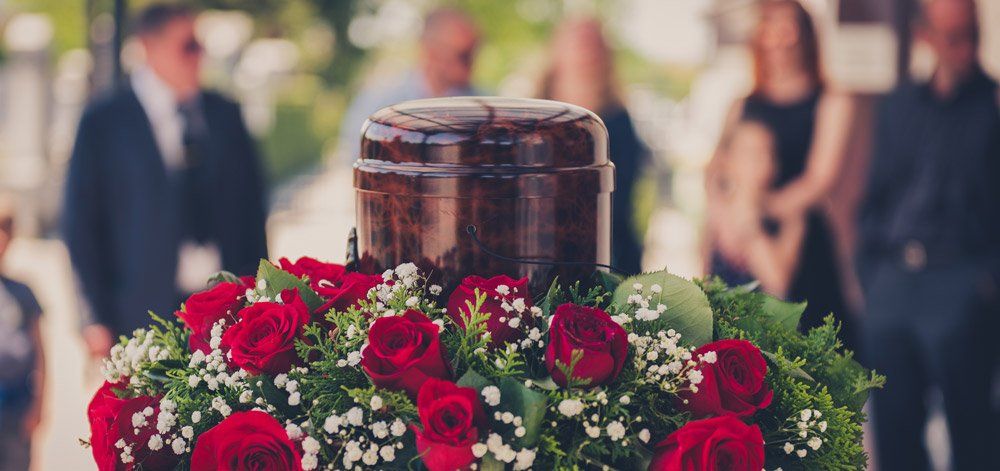
It is common for a coffin to be positioned on a raised platform before the guests arrive at the crematorium, but it is possible to request that your loved one’s casket be carried in once everyone is seated. Orders of service will either be handed to guests on arrival or waiting on the seats.
After the mourners are seated, the service will begin and loved ones will be able to pay their respects with eulogies, poems and music.
The end of the cremation service is symbolised by the closure of curtains when guests can say goodbye and offer their condolences to the family of the deceased. If you have chosen to do so, the service will then continue at a wake or reception.
The order of a cremation service can change depending on whether you have chosen a religious or personal ceremony.
How to personalise a cremation service
There are a number of things to consider when arranging a cremation service, but the little touches are what make it a truly special tribute to your loved one:
- Display a photo of them at their happiest to honour their life through a joyful lens.
- Select a fitting musical tribute and floral display.
- Read a beloved poem or excerpt from a text they loved in their eulogy.
- Decide the clothes your loved one is cremated in.
- Choose to collect donations for a charity of your loved one’s choice.
- Celebrate their life in the order of service.
- Choose their coffin - you can choose any design for a cremation but highly perishable materials such as wood or wicker would be better.
Waters and Sons know that arranging a cremation service can be distressing. That’s why we offer 24 hour personal support. Feel free to contact us at any time for further advice.
What can you put in a coffin for cremation?
Crematoriums will have their own regulations surrounding which items are allowed in the coffin before cremation but most will allow flowers, clothing, and wooden beads and toys. Anything that is put in the coffin will be removed before cremation and returned to the family.
Certain crematoriums will permit easily perishable items to remain in the coffin for the cremation, but only if it’s safe to do so.
Should you require further clarification regarding which belongings are accepted by your chosen crematorium, speak to them or ask your funeral director.
Can you have a memorial at the crematorium?
Most crematoria will offer memorial options on site, and these will differ depending on your choice of location.
Waters and Sons welcome all enquiries about our funeral services. Please contact us to explore cremation options for your loved one or discuss any concerns you’re having.
What happens to ashes after a cremation?
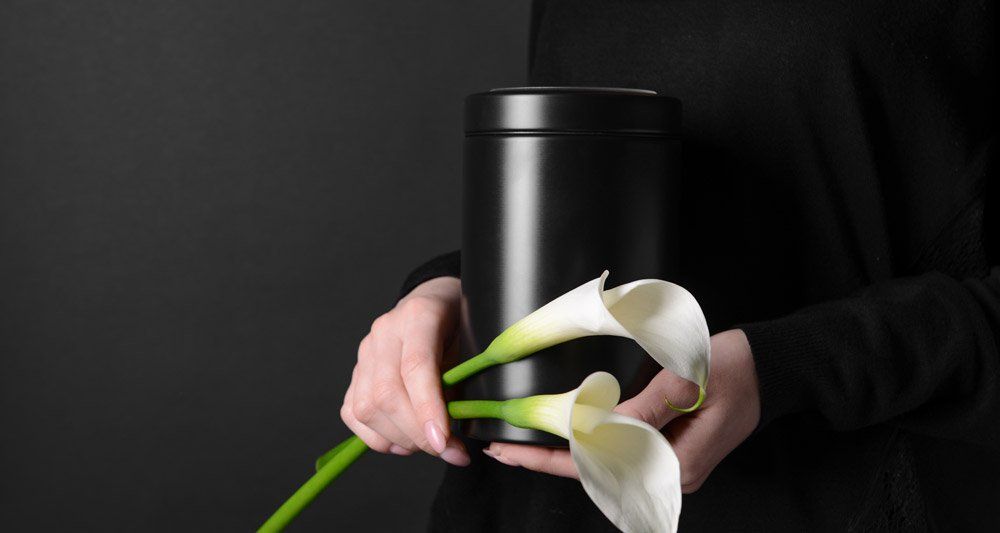
Your loved one’s ashes can either be placed in a box for burial or returned to your care in an ashes casket or scattering tube. You may then choose to display them in an urn or scatter them somewhere of significance in their life.
Ashes should be available to collect 2-3 days after the cremation service by whoever signed the cremation application. This will usually be the executor of the will or a funeral director.
Waters and Sons can also send your loved one’s ashes to
Ashes into Glass to be set into a beautiful piece of jewellery of your choice so you can carry them with you forever.
How much does a cremation cost?
Waters and Sons local crematoria charge a fee of £575 to £670, and all costs will be managed by your funeral director for your ease.
Waters and Sons offer 3 main funeral services:
- No Service Funeral: (£1495)
- Low Cost Funeral: (£2600)
- Bespoke Funeral where you will receive a fully tailored funeral service.
The cost of our No Service Funeral and Low Cost Funerals include cremation fees, and prices of cremation for Bespoke Funeral services will be added on to the final cost and broken down for you.
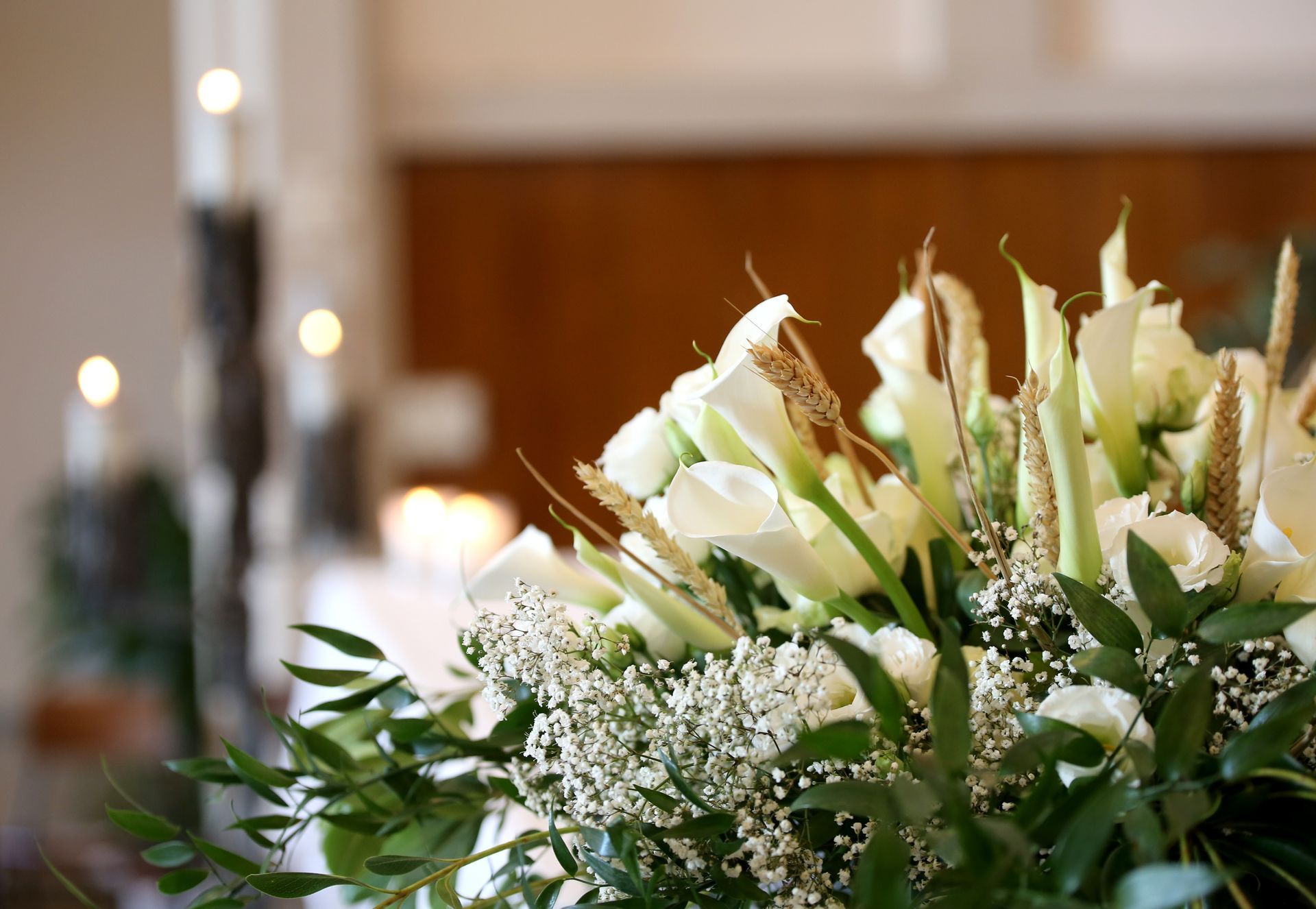

Home | Blog


